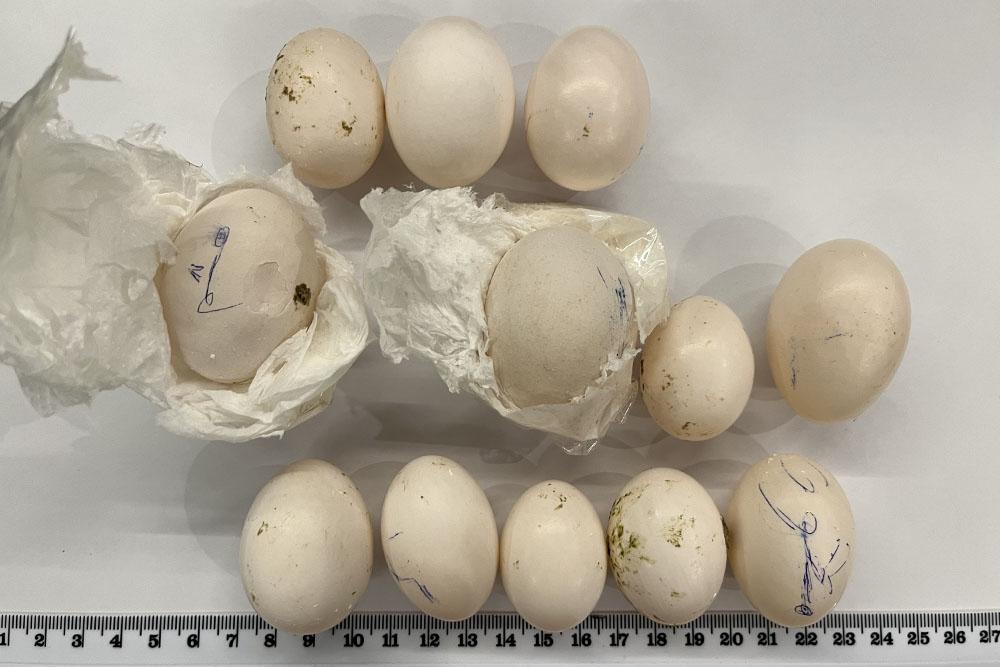As the world celebrates World Wildlife Day, Australia’s Chief Veterinary and Environmental Biosecurity officers, celebrate the implementation of Australia’s first-of-its-kind One Health surveillance initiative, funded by the Australian Government.
The initiative will provide a significant boost to Australia’s wildlife disease surveillance, investigation and diagnostic activities, in order to strengthen our ability to prevent, detect and respond to emerging diseases, including those with pandemic potential.
The Australian government, through the Department of Agriculture, Water and the Environment and in collaboration with the Department of Health has partnered with Wildlife Health Australia to deliver the $8.4 million initiative which was collectively announced by the Environment, Agriculture and Health ministers in January 2022.
Australia’s Chief Veterinary Officer Dr Mark Schipp said the initiative has positioned Australia at the forefront of global efforts to prevent and detect future pandemic spillover events from wildlife.
“The initiative will also support early identification of threats to Australia’s domestic animals and livestock industries, as exotic diseases such as African swine fever (ASF) and foot-and-mouth disease (FMD) would involve feral animals in their emergence and spread,” Dr Schipp said.
Chief Executive Officer of Wildlife Health Australia Dr Rupert Woods said Wildlife Health Australia’s wildlife disease surveillance work would be strengthened by this initiative, hastening the speed of intelligence gathering to prepare for future emerging diseases and their impacts.
“This new program enhances our investigation of wildlife disease events, which is key to providing early warning of emerging disease risks in Australia, and protecting our native wildlife and ecosystems is critical to pandemic prevention,” Dr Woods said.
Australia’s Chief Environmental Biosecurity Officer Dr Robyn Cleland said the initiative will help to protect our native wildlife and help us better identify when our wildlife and ecosystems may be under stress.
“As climate change and land-use changes put pressure on the environment, there is increasing potential for diseases to emerge which may impact wildlife, domestic animals, livestock industries and people,” Dr Cleland said.
“On World Wildlife Day we celebrate Australia’s unique wildlife, and, through our One Health focus, recognise that the health of our environment and wildlife is a precursor to the health of our animal and human populations.”
The Australian Centre for Disease Preparedness is also a delivery partner for the initiative, offering in kind support for diagnostics and technical support.
Fast Facts
- March 3 is the United Nations World Wildlife Day, which celebrates and raises awareness of the world’s wild animals and plants.
- Australia has recently invested $8 million in a One Health initiative, led by Wildlife Health Australia, to enhance Australia’s wildlife disease surveillance capacity and reduce the risk of emerging diseases with future pandemic potential.
- Emerging pathogens from wildlife are growing in significance as free-ranging wildlife populations become increasingly urbanised, resulting in greater overlap of usage of the environment, and closer direct and indirect contact with humans and domestic animals.
- Globally, approximately 70% of all emerging diseases are zoonotic, and of these roughly 71% emerge from wildlife. Australia is not isolated from this. In our region, about 67% of emerging / re-emerging diseases are zoonoses and an estimated 63% of these originate in wildlife.
- Wildlife Health Australia (WHA) is the peak coordinating body for wildlife health in Australia. WHA’s principal objectives are the protection and enhancement of the natural environment.



